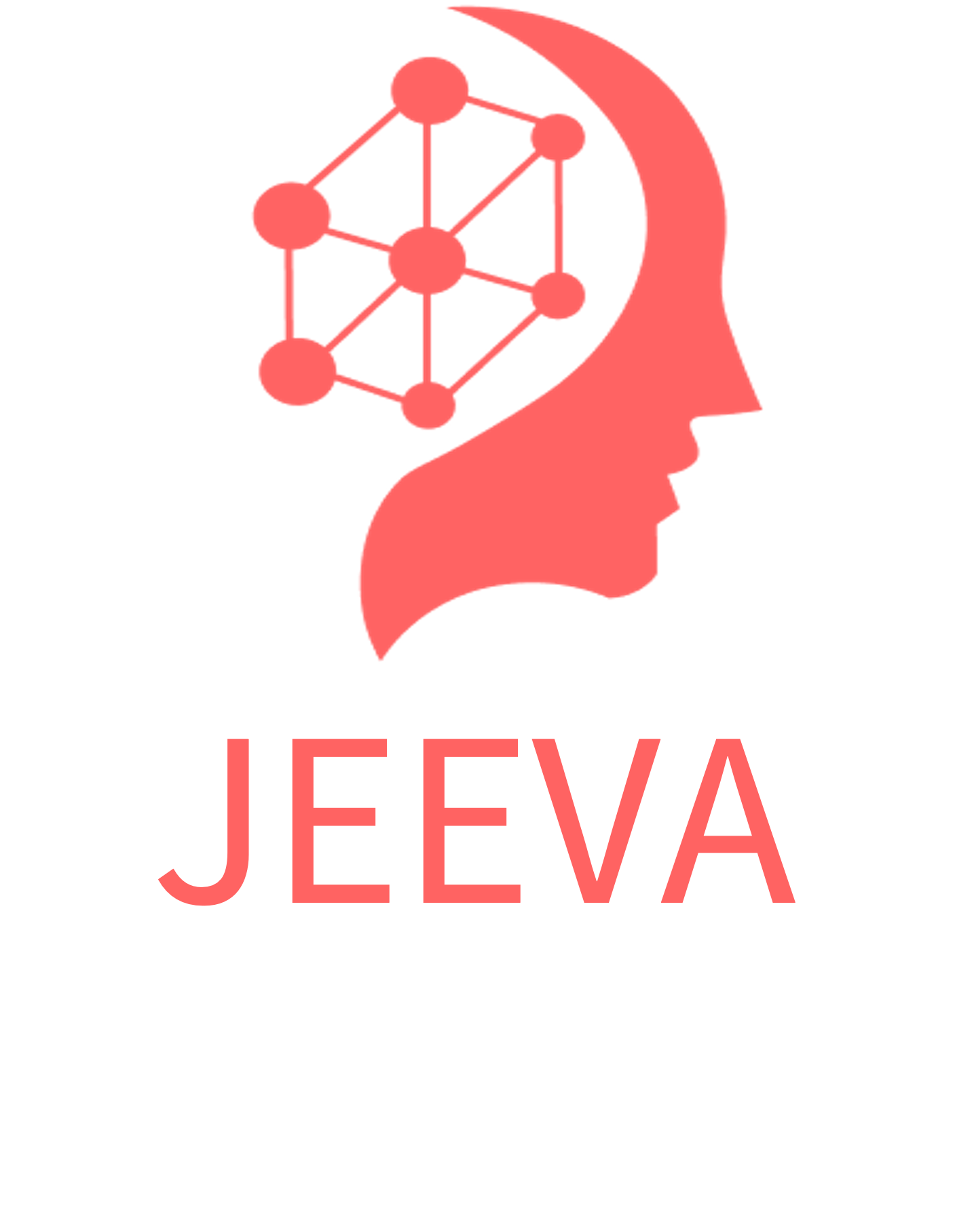Tech for Youth Mental Health
Youth Mental Issues are Hard to Spot, Hard to Talk About
50% of mental illness starts by age 14; 75% by 24. And the average time for intervention is eleven years and one in 4 or 5 adult Americans end up with mental illness. How do we stop the young people in schools and colleges, the 14-24 year olds, from ending up among this ignominious statistic? The drivers for delay in intervention could be that there simply isn’t anybody to turn to because 90M Americans live in federally designated mental health professional shortage areas. But the other factors are equally daunting- costs, timeliness. And most importantly, stigma. If therapy does start, young people have so much variability and stress in their lives and schedules, they struggle with adherence. Schools cause 85% of stress for these; intense emotions, acute body-image issues, self-esteem and identity issues that aggravate and/or contribute to GAD (General Anxiety Disorders) and high suicide rates - up 56% in last decade amongst teens - especially amongst the LGBTQ groups. Not to mention the pressure to perform and do well and meet expectations at home and amongst peers.
So, in spite of all the progress in technology and medical care, stress amongst young people have just been going up. In fact, stress and anxiety have been going up for many groups across the population; workplace stress for Gen Z and Gen Y is even causing burnout of unprecedented proportions - but that is for another day.
So, can technology be used to plug the gaps? Can we use technology to reimagine emotional wellbeing -rather than treat mental health after the fact like we do today ? And for the young people, the 14-24 year olds, can we, proactively, completely and fundamentally, change how we tackle that. Because, maybe if we intervened early, consistently and without limits on how many sessions of help one can get, and if we had insight on how each individual learns coping skills differently, deals with stress differently we could really improve outcomes to the point that each person emerges into adult working life with more useful tools to better handle work and juggle life’s many challenges? Or Is healthcare in the country so broken that focusing on youth may jeopardize fixing other areas that are in more dire straits?
But then is it really one or the other? I don’t think this is a zero-sum game; they both can be tackled. And the solution may be within our reach. Technology driven disruption is really that : produce enough high value at enough low cost that a behavioral shift is possible. Think Netflix. Think Airbnb (at least before the pandemic). Or Retail Clinics.
Technology driven disruption is coming in behavioral health, and more to the point, accessible to both the youth and the providers. And the payers will see the value and numerous families will be forever thankful. I believe technology is available to help the mental health community to build the scale, the insights and the structure to adapt technology to their expertise and what is needed to ramp up positive patient outcomes.
Understanding what behavior signals depression vs suicidal risk, understanding community-wide impact of such events as factory or local store closings resulting in high local job-losses and positioning the mental health community - and even the pediatricians - well enough to proactively help, is absolutely within our grasp. Remote assessment, monitoring and engagement would be a snap with human providers adding the intervention layer on top, focusing where they really add value and freeing up their time from routine but essential steps that can be offloaded to technology. I did say, “adapt the technology” to the providers’ expertise and interests. Because I believe technology is not just the tool we need to understand how to wield well, to make the difference. It also is the tool to preserve the well-being of the providers and physicians as well.

